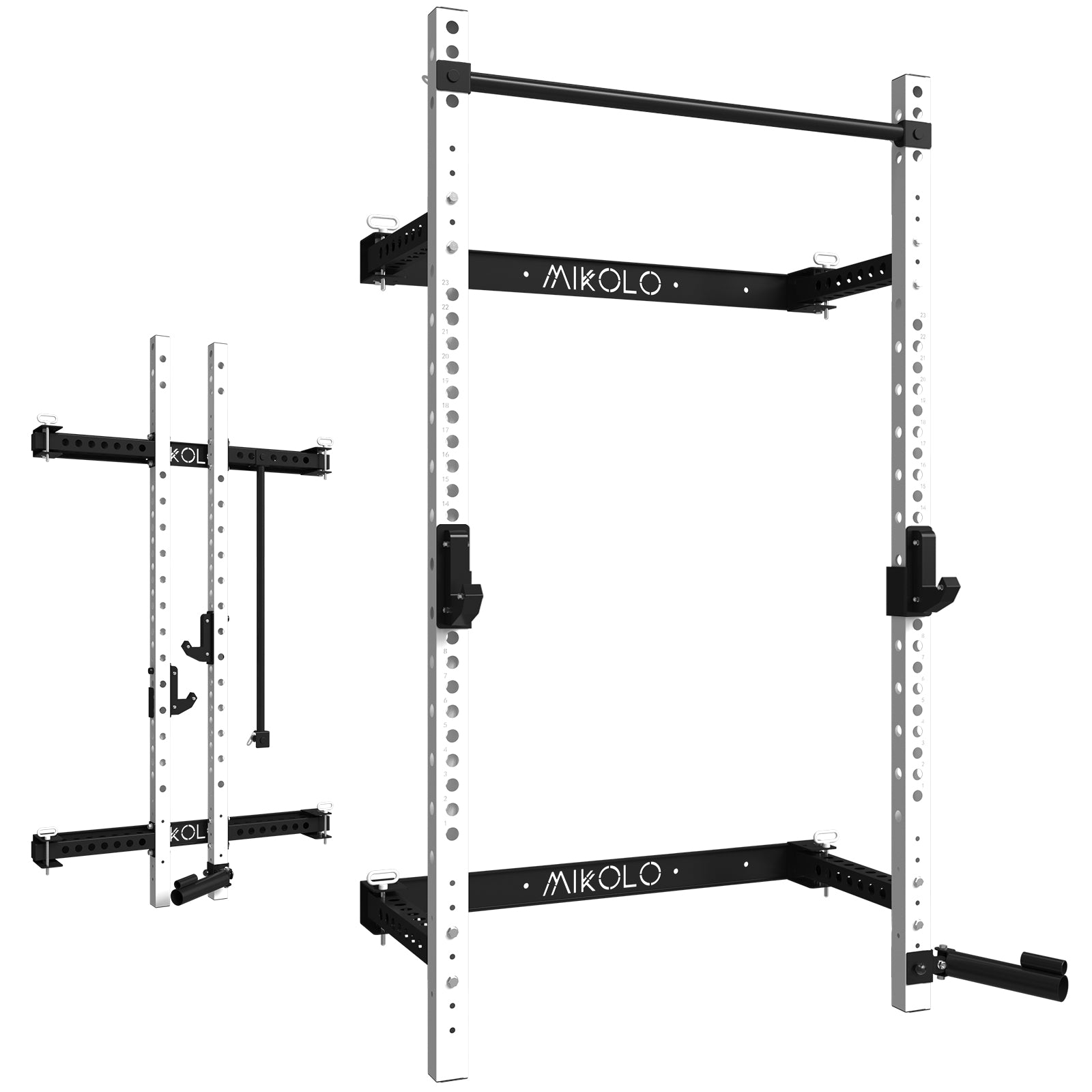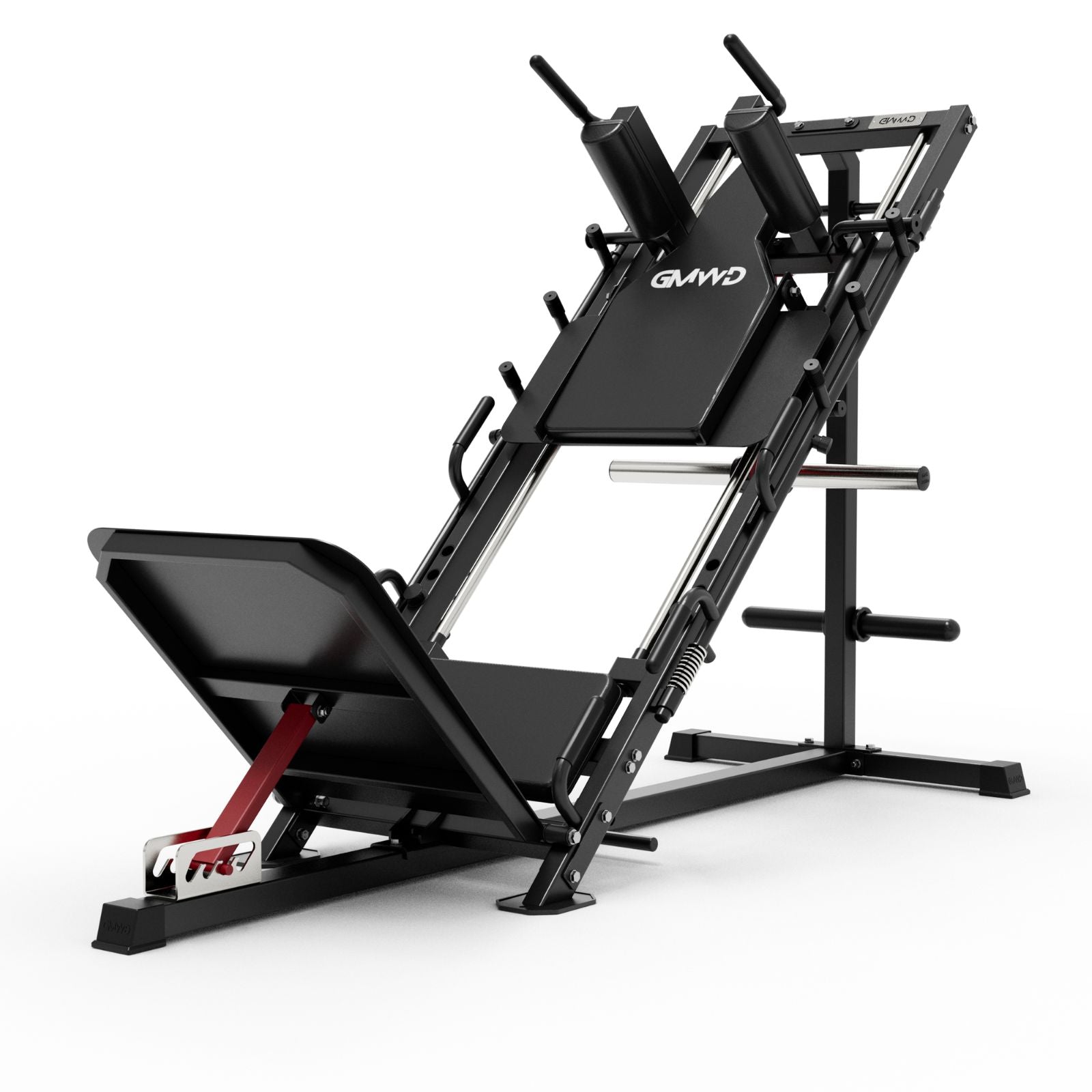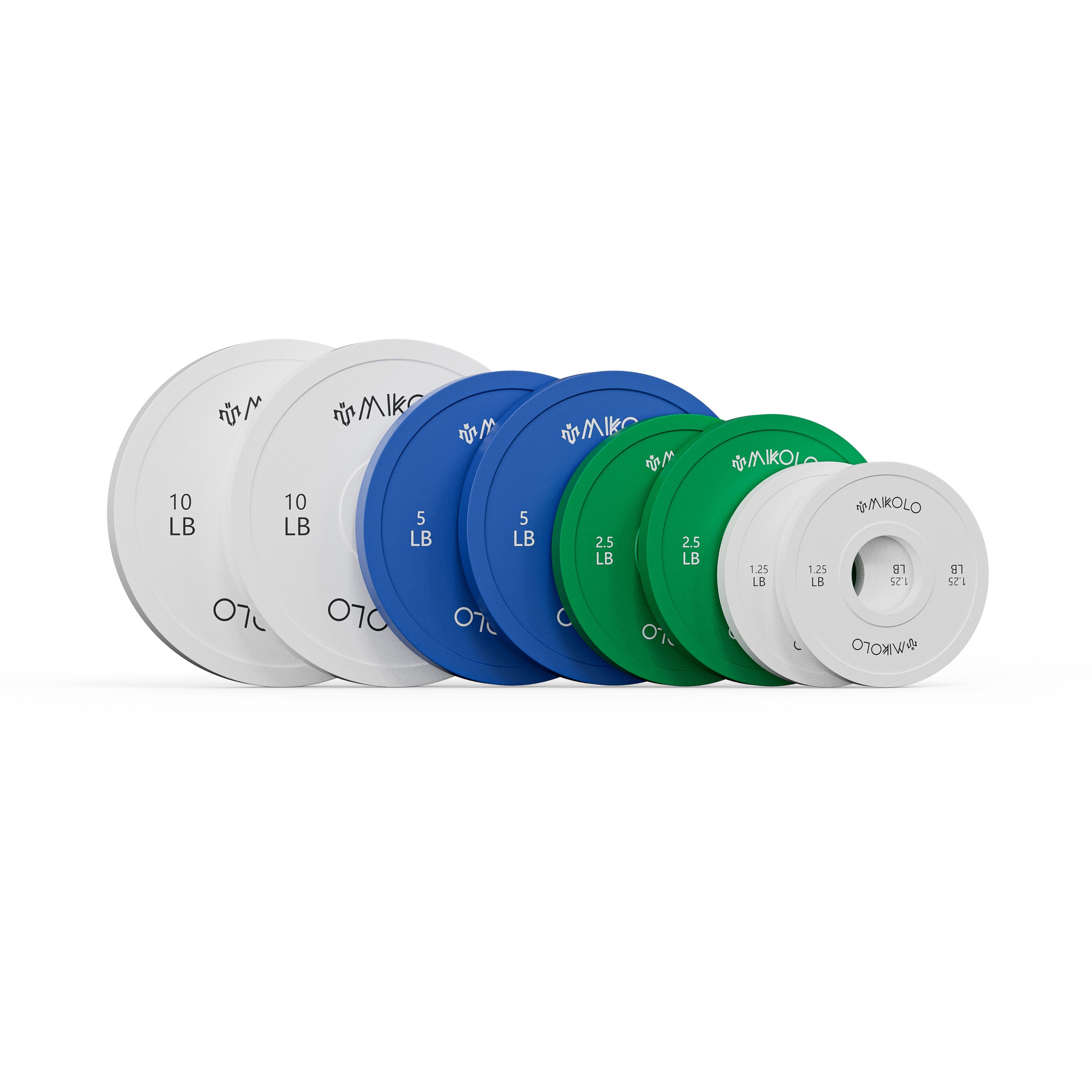When it comes to sculpting a powerful, well-defined chest, gym machines offer a safe, structured, and highly effective route—especially for beginners or those recovering from injuries. In this guide, we’ll explore the top chest machines you’ll find at most gyms, explain how to use them properly, and help you build a routine that delivers visible, lasting results.
Why Use Machines for Chest Workouts?
Free weights like barbells and dumbbells are popular for chest training, but machines provide several unique benefits:
-
Stability and safety: Machines guide your movement, reducing the risk of injury.
-
Muscle isolation: Target specific areas of your chest with precision.
-
Ease of progression: Most machines allow quick weight adjustments, ideal for progressive overload.
-
Beginner-friendly: No need for a spotter or advanced technique knowledge.
Whether you’re new to strength training or adding variety to your regimen, machines can help you build a balanced and stronger chest.
The Main Chest Muscles Machines Target
Before jumping into the equipment, it’s helpful to understand what you’re working:
-
Pectoralis major: The large, fan-shaped muscle across the upper chest.
-
Pectoralis minor: A smaller muscle beneath the pectoralis major, aiding shoulder stability.
-
Serratus anterior and deltoids: Often engaged during pressing movements.
By choosing the right machines, you can emphasize different portions of your chest, creating a fuller, more developed look.
Best Machines for Chest Workouts at the Gym
Here’s a breakdown of the most effective chest machines and how to use them:
1. Chest Press Machine (Seated or Horizontal)
-
Primary focus: Overall chest development
-
How to use: Sit back with feet flat, adjust the seat so handles are level with mid-chest, and push forward until arms are almost straight.
-
Why it works: Mimics the bench press in a more controlled environment. Great for building general pushing strength.
2. Pec Deck (Chest Fly Machine)
-
Primary focus: Inner chest and muscle definition
-
How to use: With arms bent slightly, bring the pads together in a hugging motion. Focus on squeezing at the peak of each rep.
-
Why it works: Isolates the chest without involving triceps. Excellent for sculpting and muscle engagement.
3. Incline Chest Press Machine
-
Primary focus: Upper chest
-
How to use: Adjust seat so handles align with your upper chest. Push upward in a controlled motion.
-
Why it works: Elevates your pushing angle, targeting the often-underdeveloped upper pecs for a more aesthetic chest profile.
4. Cable Crossover (Adjustable Pulley System)
-
Primary focus: Full chest, depending on pulley height
-
How to use: Set pulleys high for a downward fly (lower chest), middle for flat fly, or low for upward fly (upper chest). Cross arms slightly for full contraction.
-
Why it works: Offers constant tension, engages stabilizers, and allows flexible movement patterns for functional strength.
5. Smith Machine Bench Press (Incline or Flat)
-
Primary focus: Chest strength with added stability
-
How to use: Set up a flat or incline bench under the bar. Lower the bar in a straight path to your chest, then press up.
-
Why it works: Safer than free weights, helps build strength with less risk of imbalance.
Sample Machine-Based Chest Workout
Warm-up (5–10 minutes): Light cardio + shoulder mobility drills
Workout:
-
Chest Press Machine – 3 sets of 10–12 reps
-
Incline Press Machine – 3 sets of 8–10 reps
-
Pec Deck Fly – 3 sets of 12–15 reps
-
Cable Crossover – 3 sets of 10 reps
-
Smith Machine Bench Press – 3 sets of 8 reps (optional finisher)
Cool-down: Stretch your chest and shoulders to maintain mobility and reduce soreness.
Tips for Better Chest Gains with Machines
-
Control the tempo: Avoid rushing reps. Focus on the contraction and the stretch.
-
Adjust machines properly: Align handles with your chest level. Poor form reduces effectiveness and risks injury.
-
Progress gradually: Increase weight or reps each week to build strength.
-
Stay consistent: Machine training works—if you stay consistent and train with purpose.
Final Thoughts
Using gym machines for chest workouts is one of the most accessible and efficient ways to develop upper body strength and improve muscle definition. Whether you're just getting started or supplementing your current routine, incorporating chest machines will help you build confidence and results without compromising form or safety.
So next time you hit the gym, head to the chest section with a plan—machines included. Your future self (and your shirts) will thank you.










































Leave a comment
This site is protected by hCaptcha and the hCaptcha Privacy Policy and Terms of Service apply.